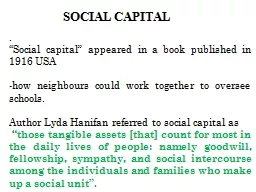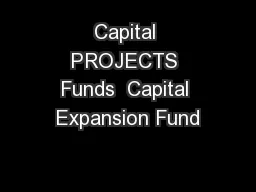PPT-HOW TO CREATE A GREEN SOCIETY – CASE OF KAMPALA CAPITAL C
Author : cheryl-pisano | Published Date : 2017-10-16
Edison Masereka Manager Business Development and Research Kampala Capital C ity Authority Strategic Context National Development Program II 201516 201920 KCCA
Presentation Embed Code
Download Presentation
Download Presentation The PPT/PDF document "HOW TO CREATE A GREEN SOCIETY – CASE O..." is the property of its rightful owner. Permission is granted to download and print the materials on this website for personal, non-commercial use only, and to display it on your personal computer provided you do not modify the materials and that you retain all copyright notices contained in the materials. By downloading content from our website, you accept the terms of this agreement.
HOW TO CREATE A GREEN SOCIETY – CASE OF KAMPALA CAPITAL C: Transcript
Download Rules Of Document
"HOW TO CREATE A GREEN SOCIETY – CASE OF KAMPALA CAPITAL C"The content belongs to its owner. You may download and print it for personal use, without modification, and keep all copyright notices. By downloading, you agree to these terms.
Related Documents














